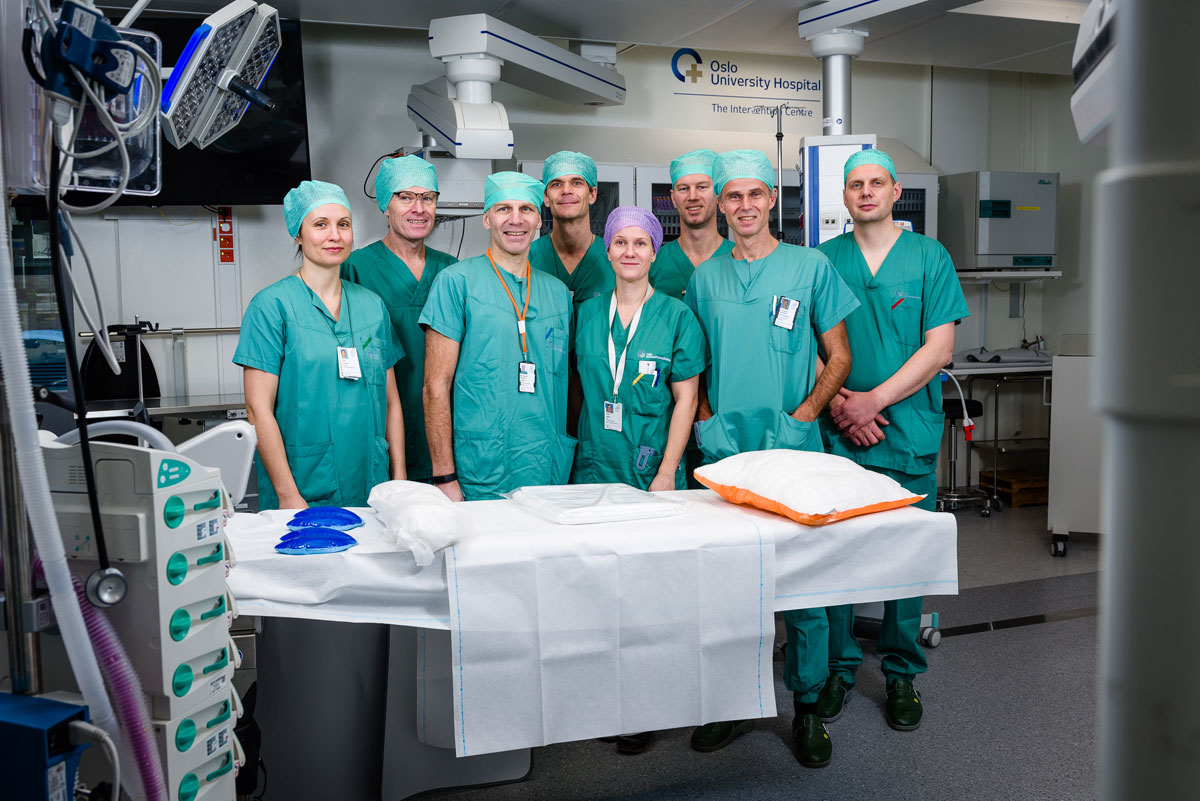Clinical and experimental cardiovascular monitoring

Head of research group
The Clinical and Experimental Cardiovascular Monitoring research group aims to bridge the gap between cutting-edge technology and cardiovascular physiology by integrating novel concepts into clinical applications. Our focus involves the development and validation of innovative technologies for cardiovascular monitoring. We delve into exploring cardiovascular responses concerning novel therapies and minimally invasive surgical techniques.
Our interdisciplinary team comprises experts in anesthesiology, cardiology, and heart surgery. Additionally, we collaborate with technologists specializing in signal processing, data analysis, and sensor development.

